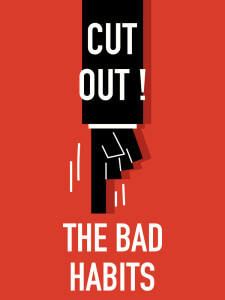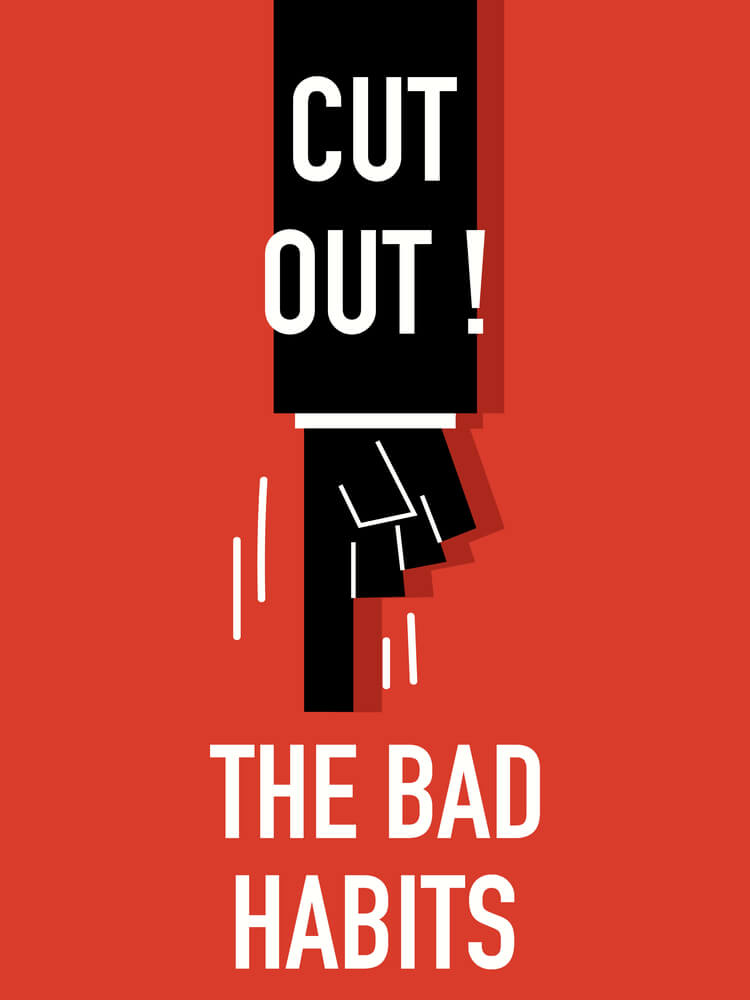 Cocaine abuse, like other stimulant drugs, is known to increase the heart rate, blood pressure, energy levels and body temperature while decreasing appetite and the need for sleep. The chemical effect it has on the brain and on the body takes time to reverse.
Cocaine abuse, like other stimulant drugs, is known to increase the heart rate, blood pressure, energy levels and body temperature while decreasing appetite and the need for sleep. The chemical effect it has on the brain and on the body takes time to reverse.
Many patients are apprehensive as they approach detox, not having a clear understanding of what awaits them. So, in today’s blog, we thought we would describe some of the steps they can anticipate going through in the process.
What Is Cleansing?
It is the first stage in the recovery process. Its goal is to stabilize the body and eliminate the chemical effects on the brain. The process can be difficult, so it is best for it to take place in a safe environment while monitored by medical professionals.
Medical Assessment
The first step for patients who are about to undergo cocaine detox is to have a comprehensive medical assessment that can include blood and urine tests to help determine the best and safest treatment protocol that will help ease the strain on the patient.
Three Stages of Withdrawal
Coke has a relatively short half-life, meaning it doesn’t take very long for concentrations to reduce by half inside the body. It can be gone from the bloodstream within roughly 90 minutes, at which point withdrawal symptoms may begin. The nature of the symptoms will vary greatly depending on the amount of drug abuse, the type of abuse, the method of consumption, and how long the patient has been abusing.
Typically, withdrawal happens in three phases, each with its own distinct symptoms.
Crash: the initial crash phase begins as the substance leaves the bloodstream and the high subsides. It is often characterized by a greater need for sleep, and increased appetite, anxiety, depression and irritability. During this phase, having a set schedule that allows for more sleep and good healthy meals will help to get the body back on track.
Withdrawal: compared with the detox symptoms for other drugs like heroin, the symptoms withdrawal tend to be more psychological than physical. Prolonged abuse interferes with the brain’s production of dopamine. It will take some time for the dopamine production to return to normal. In the meantime, without sufficient dopamine, patients are more likely to feel depressed and may find it difficult to feel any pleasure.
During the second phase, patients might expect continued and prolonged irritability, depression and fatigue, as well as a noticeable difficulty concentrating and intense drug cravings. While there is no prescription drug to assist with the withdrawal phase some medications may be prescribed to help deal with some of the symptoms. For example, antidepressants may be prescribed to help cope with more severe depression.
Extinction: extinction is the final stage in the process that takes place as the body adjusts and some of the previous symptoms begin to fade. Drug cravings may become less frequent and can be managed with a therapy support group and other resources available to patients.
For more information on detoxification from cocaine call 877-389-1135, or contact us today to speak with a detox specialist.

